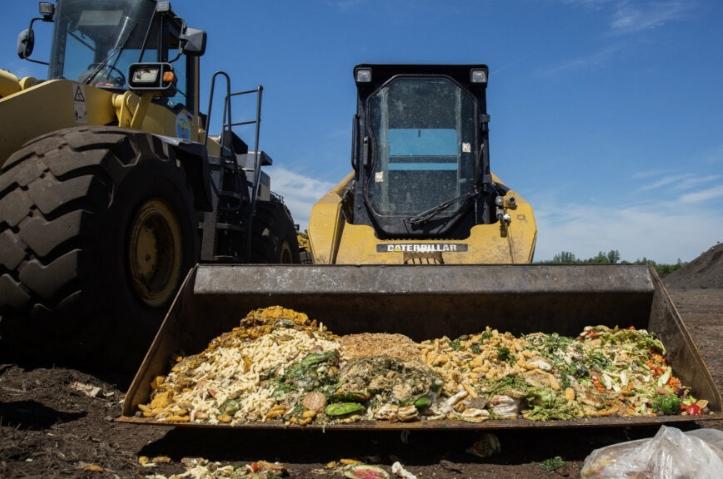Recent revelations from the Environmental Protection Agency (EPA) have cast a stark light on America’s food waste issue. Astonishingly, over one-third of food in the U.S. never reaches our plates, instead contributing to methane emissions in landfills, a potent accelerant of climate change.
In response, more than 50 local officials have called upon the EPA for support in combating this waste within their jurisdictions. They advocate for expanded funding for landfill alternatives and an update in landfill standards to effectively capture and reduce methane emissions.
“We’ve got a long way to go,” admits Claudia Fabiano of the EPA, echoing a call for action that was first set in motion with a goal established in 2015—to halve food waste by 2030.
The EPA’s reports serve as a crucial informational baseline, highlighting that 58% of landfill methane emissions are due to discarded food. This figure underscores the gravity of the problem, given methane’s substantial impact on global warming.
The clarity of these findings has rallied both policymakers and researchers to seek solutions that will involve broad systemic changes across the agricultural and manufacturing sectors, as well as significant behavioral shifts among consumers.
Strategies and Mindset Shifts: Pathways to Reduction
The EPA has updated its waste reduction hierarchy for the first time in decades, outlining strategies from food waste prevention to composting and anaerobic digestion. Despite the ranking, tackling this issue will undoubtedly require profound changes in consumer behavior, as households contribute to at least 40% of the nation’s food waste.
Professor Weslynne Ashton from the Illinois Institute of Technology emphasizes the urgency of this issue and the necessity for infrastructural and incentive-based solutions to facilitate organic waste diversion from landfills.
With these strategies laid out, the focus now turns to the daunting task of transforming societal norms around consumption and waste. From changing how food is produced and packaged to altering individual habits, the push for reduction is multifaceted. Authorities must consider how these changes can be implemented across diverse communities and settings, recognizing the varying challenges faced in urban versus rural areas.
Local Efforts and the Need for Federal Action
While the extent of the food waste issue is now quantified, the ball is in the court of local and state governments to spearhead initiatives, potentially with federal support. Some, like California, have taken proactive steps by mandating organic waste collection, while others are still in the early stages of addressing the crisis, as seen with Chicago’s recent composting pilot program.
The need for detailed guidance on localized strategies is critical, as highlighted by Ning Ai of the University of Illinois Chicago, who calls for more granular information to support tailored solutions. The reports also break new ground by examining environmental tradeoffs across various ecosystems, a comprehensive approach that Ai commends.
As communities wait to see if further federal aid or guidelines will materialize, local governments continue to navigate the challenges of instigating tangible change. The recent influx of funds from the Inflation Reduction Act for recycling programs, including organic waste, provides a glimmer of hope for what’s to come.



